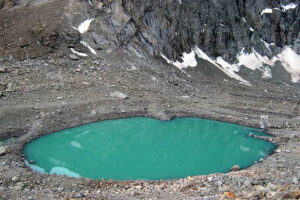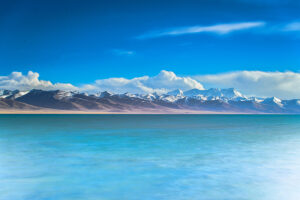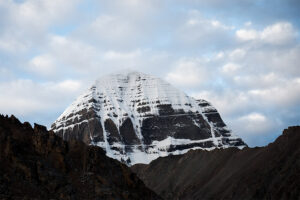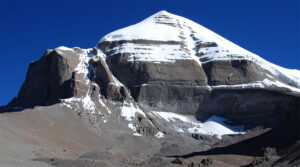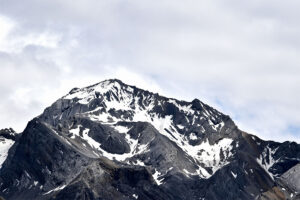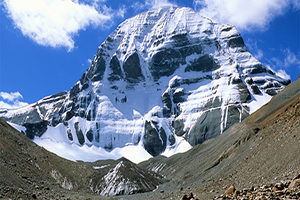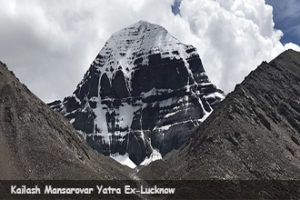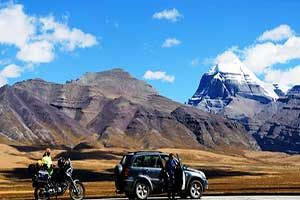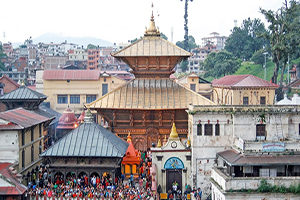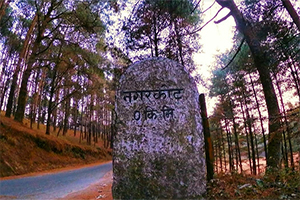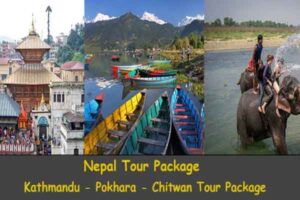Jal Narayan Temple
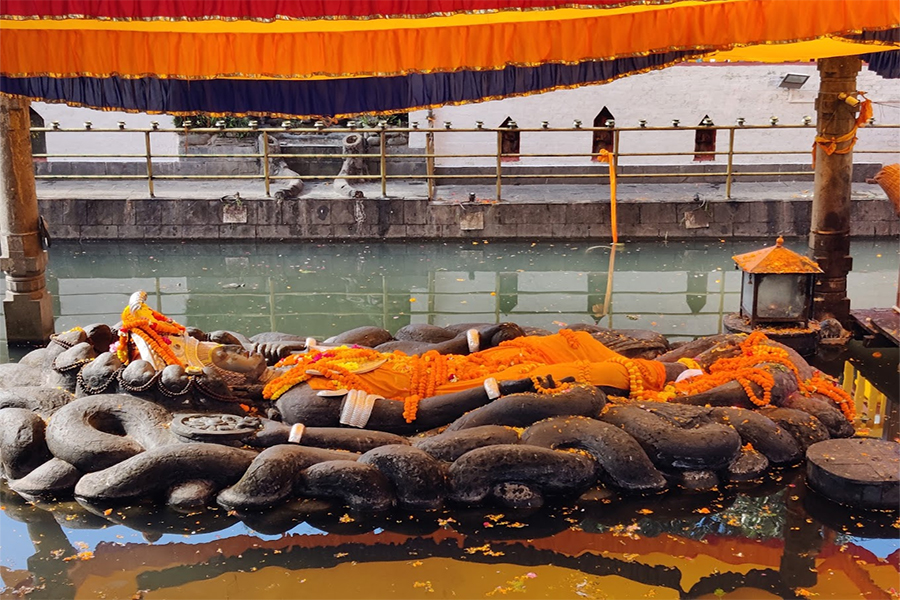
There are so many famous places that you can visit in Kailash Mansarovar Yatra. One very famous place is situated in the mountain kingdom of Nepal and it is a temple which is called Jal Narayan Temple. Tourists popularly call this temple by the name of Budhanilkanth Temple. The temple is famous as there are so many legends and mythological stories about this temple. Tourists often visit Jal Narayan Temple on the route to Kailash Mansarovar in Tibet. This temple is one of the most unique temples in Nepal. Tourists and devotees can visit the temple as part of their Kailash Mansarovar Yatra. Tour operators usually visit this temple as part of the Kathmandu tour itinerary.
Meaning of Budhanilkantha Temple
The name of this temple comes from two Sanskrit words. ‘Budha’ means old, and ‘nilkantha’ means blue throat. Thus, the name ‘Budhanilkantha’ means ‘Old Blue Throat’.
Location of Budhanilkantha Temple
Jal Narayan Temple is situated 10 km north of Kathmandu. The temple is located at the foot of Shivapuri Hills.
The Temple of Sleeping Vishnu
The temple is also called Jal Narayan Temple. ’Jal’ means water and ‘Narayan’ is another name for Lord Vishnu. The idol of Lord Vishnu is in a sleeping position and is in the middle of a pool of water. Hence, the name ‘Jal Narayan’. The idol rests on the coils of the divine serpent called Sheshnag. There are four hands of Lord Vishnu, each one holding a divine object. On one hand, there is the lotus flower which denotes the moving universe and all that is good and pure. The second hand holds the Sudarshana Chakra, which is a powerful disc that is controlled by the mind. The third hand holds the mace, which is a symbol of knowledge, and the fourth hand holds the conch shell, which is a symbol of the sound ‘om’ and the origin of the universe.
The Religious Importance of Budhanilkantha Temple
Budhanilkantha Temple is one of the most important Vishnu temples in Nepal. Locals also call this temple the name of Narayanthan Temple. This is the only temple where the idol of Lord Vishnu or Mahavishnu is in the reclining position. This idol also is among the largest statues in Nepal. Lord Vishnu is one of the three main deities in Hindu mythology. The other two are Lord Brahma and Lord Shiva. The temple is a very sacred temple for Hindus. Even Buddhists regard this temple as very sacred and spiritual. Buddhists consider the idol to be that of Lord Buddha.
Direct Connection with Samudra Manthan
There is a direct connection between this temple with a famous event in Hindu scriptures. This event is described in Hindu scriptures like Bhagavata Purana and Vishnu Purana. This event is none other than the famous churning of the ocean which is also called Samudra Manthan. When the deadly poison came up as a result of the churning, Lord Shiva drank it to save the entire humanity from its deadly effects. As a result, his throat became blue. Lord Shiva wanted to quench his thirst and struck his trident at a place north of Kathmandu. A freshwater lake appeared at the place where the trident struck the ground. This lake is called Gosainkund. Lord Shiva drank the fresh water from the lake. This water from Gosainkund feeds the pond in Budhanilkantha Temple.
The Main Feature of Jal Narayan Temple
The reclining idol of Lord Vishnu or Mahavishnu is the main feature of this temple. The idol rests on the serpentine coils of the divine serpent from Hindu mythology called Sheshnag. The idol and the coils are in the center of a pond. The statue is almost 1400 years old. The height of the idol is 5 meters (16.4 feet). This pool of water is 13 meters (42.65 feet) in length. There is a crown on the head of the idol which is engraved with various mythological symbols. The idol of Lord Vishnu in this temple is considered to be the largest stone-carved idol in Nepal. The temple is an open-air temple and not a typical Hindu temple with shikhara and walls.
Legends Behind Budhanilkantha Temple
Many legends and tales surround Jal Narayan Temple. These have added to the charm and mystery of this temple.
- People believe that the reclining statue of Mahavishnu floats in the pool of water. Research also proved the fact that basalt stone is much lighter in density and is similar to lava rock.
- A king called Pratap Malla had a dream in which he dreamed that whoever visits Budhanilkantha Temple would die. It is for this reason that the royal kings of Nepal never visited Budhanilkantha Temple.
- A story is famous that a farmer and his wife were plowing their field when they struck something under the ground. The statue started to ooze blood. The statue was then shifted to the temple.
- People also believe that the idol of Lord Vishnu was brought to Kathmandu in the 17th century at the time of the reign of King Vishnugupta.
- Locals also believe that there is a mirror-like image of Lord Shiva under the water, just beside the idol of Lord Vishnu. Pilgrims claim to have seen this mirror image at the time of the Shiva festival that is held in August every year.
- It is a very popular belief that the water in the pool of Jal Narayan Temple comes from Gosainkund. The lake of Gosainkund was formed when Lord Shiva struck the ground with his trident on the mountainside.
- The temple is an open-air temple and is not like other temples which have domes, shikhara, and temple walls.
Festivals in Jal Narayan Temple
As the Jal Narayan Temple is very famous it also celebrated famous Hindu festivals with great religious fervor. A huge fair or ‘Mela’ takes place in the temple during Haribodhini Ekadashi. The religious festival takes place in October-November, which coincides with the Hindu calendar month of Kartik. In this fair, religious rituals are performed to wake up Lord Vishnu from his 4-month-long slumber. Harishayani Ekadashi also is performed with religious festivities. Harishayani Ekadashi symbolizes the 4 months in which Lord Vishnu goes into Yognidra. On various other Ekadashi, small fairs are held in the temple.
